
Embark on a journey through the enchanting AlUla, a hidden gem in Saudi Arabia that is celebrated as the country's first UNESCO World Heritage Site. AlUla is a treasure trove of history and natural wonders in the breathtaking northwest desert. With a rich tapestry woven from over 7,000 years of civilization, it boasts ancient tombs and monumental rock formations, including the striking Elephant Rock, which towers at an impressive 52 meters.
Visitors can immerse themselves in the lush landscape of the AlUla Oasis, engage in thrilling adventure sports, and marvel at contemporary art installations that harmonize with the stunning surroundings. Each September, the Azimuth AlUla festival transforms the area into a vibrant celebration of art and music, set against the backdrop of awe-inspiring vistas.
For those seeking a luxurious retreat, the tented villas at Banyan Tree AlUla and the tranquil desert resort, Habitas AlUla, provide an idyllic escape.
1. Hot Air Balloon Adventure

Experience the breathtaking beauty of AlUla from above during the Hot Air Balloon Festival. Glide gracefully over the majestic rock formations and expansive desert landscapes, witnessing the sunrise paint the sky in hues of orange and pink. This unique perspective allows you to appreciate the vastness of the desert and the intricacies of its natural features, making it an unforgettable highlight for any traveler.
2. Camel Ride through Lush Trails
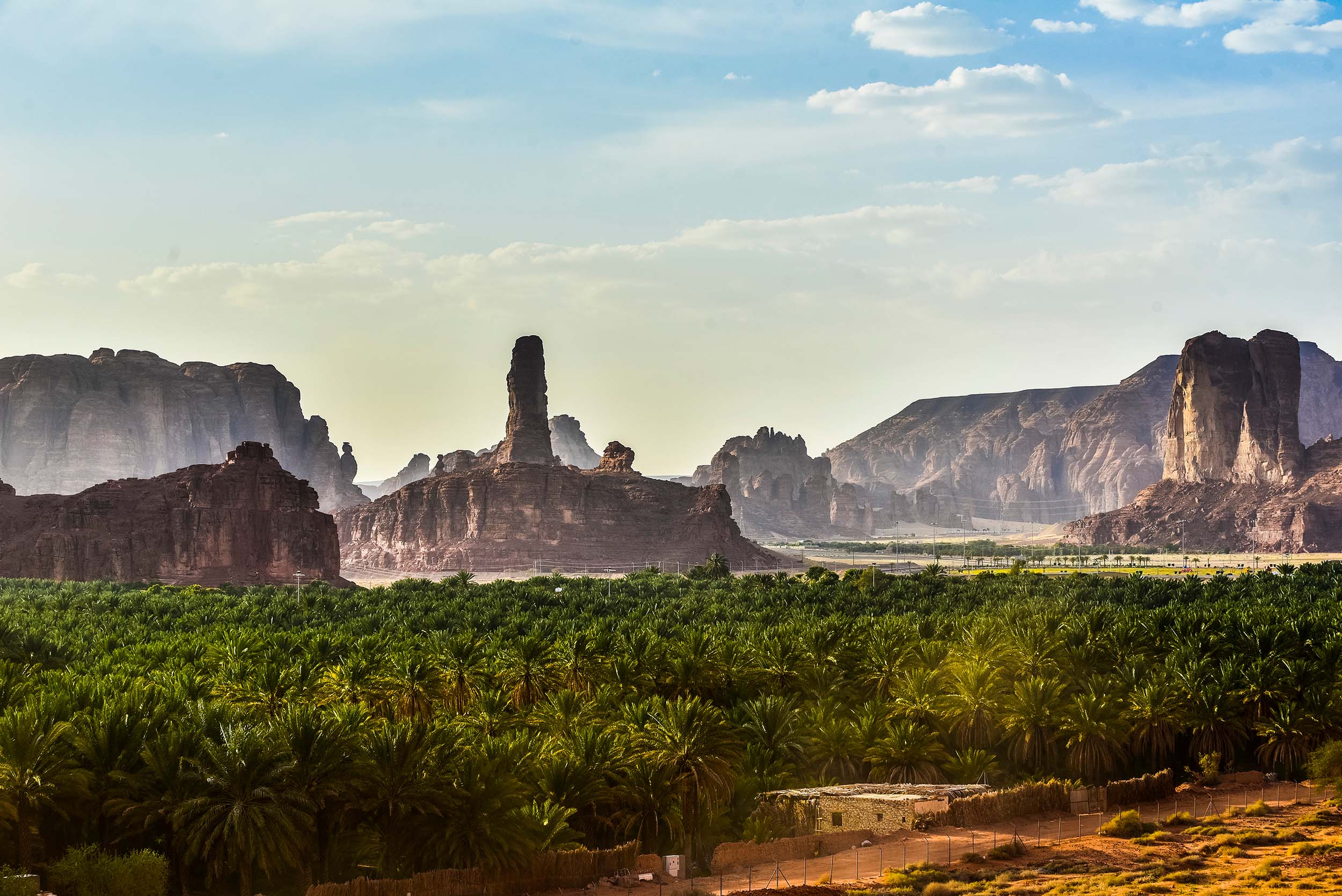
Step into a world of tranquility with a camel ride through the enchanting AlUla Oasis. As you traverse the palm-shaded trails, feel the gentle sway of your camel and take in the verdant surroundings filled with lush vegetation. Your journey leads you to the heart of the oasis, where you can explore the vibrant palm groves, learn about local flora, and indulge in tasting the sweet, fragrant citrus fruits that hang from the trees, a true delight for the senses.
3. Dune Buggy Thrills

Unleash your adventurous spirit on an exhilarating dune buggy ride across the vast, undulating sands of AlUla. Feel the rush of adrenaline as you navigate through towering dunes and rocky outcrops. This thrilling experience offers an exciting way to explore the desert landscape, where every turn reveals a new and captivating view.
4. The Dancing Rocks

Discover the mystical Dancing Rocks in Raggasat Valley, where nature's artistry is on full display. These uniquely shaped rock formations have been sculpted by the erosive forces of wind, sand, and time, creating a surreal landscape that seems almost otherworldly. Take your time to wander among these natural wonders, capturing photographs that reflect their enchanting beauty.
5. Zipline Excitement

For those seeking an adrenaline rush, the zipline activities at Harrat Uwayrid offer a thrilling way to experience AlUla’s stunning scenery. Soar through the air, suspended above the striking basalt rock formations, as you take in panoramic views of the desert below. The exhilarating sensation of flying will leave you breathless and craving more.
6. Stargazing at the Star Party

Join fellow astronomy enthusiasts at the Star Party in Al Gharameel, where the night sky comes alive with twinkling stars. Recline on traditional seating and gaze upward, witnessing the Milky Way stretch across the horizon in a spectacular display. Expert guides will share fascinating stories of the constellations, enriching your stargazing experience with cultural insights.
7. Culinary Delights at Winter Park

Indulge your palate at Winter Park, a lively culinary hub where food trucks and kiosks line the area, offering a delightful array of gourmet options. Sample everything from juicy burgers to decadent desserts, and enjoy a carefully brewed cup of coffee as you soak in the vibrant atmosphere. This lively gathering spot allows you to savor the flavors of AlUla while mingling with locals and fellow travelers.
8. Photoshoot at Maraya

Don’t miss the opportunity to visit Maraya, the breathtaking mirrored structure situated in Ashar Valley. Its reflective surfaces create a stunning visual spectacle, perfect for capturing Instagram-worthy photos. The interplay of light and surroundings makes it an ideal backdrop, especially during the soft afternoon light, when the landscape transforms into a canvas of shimmering reflections.
9. Rock Art Exploration
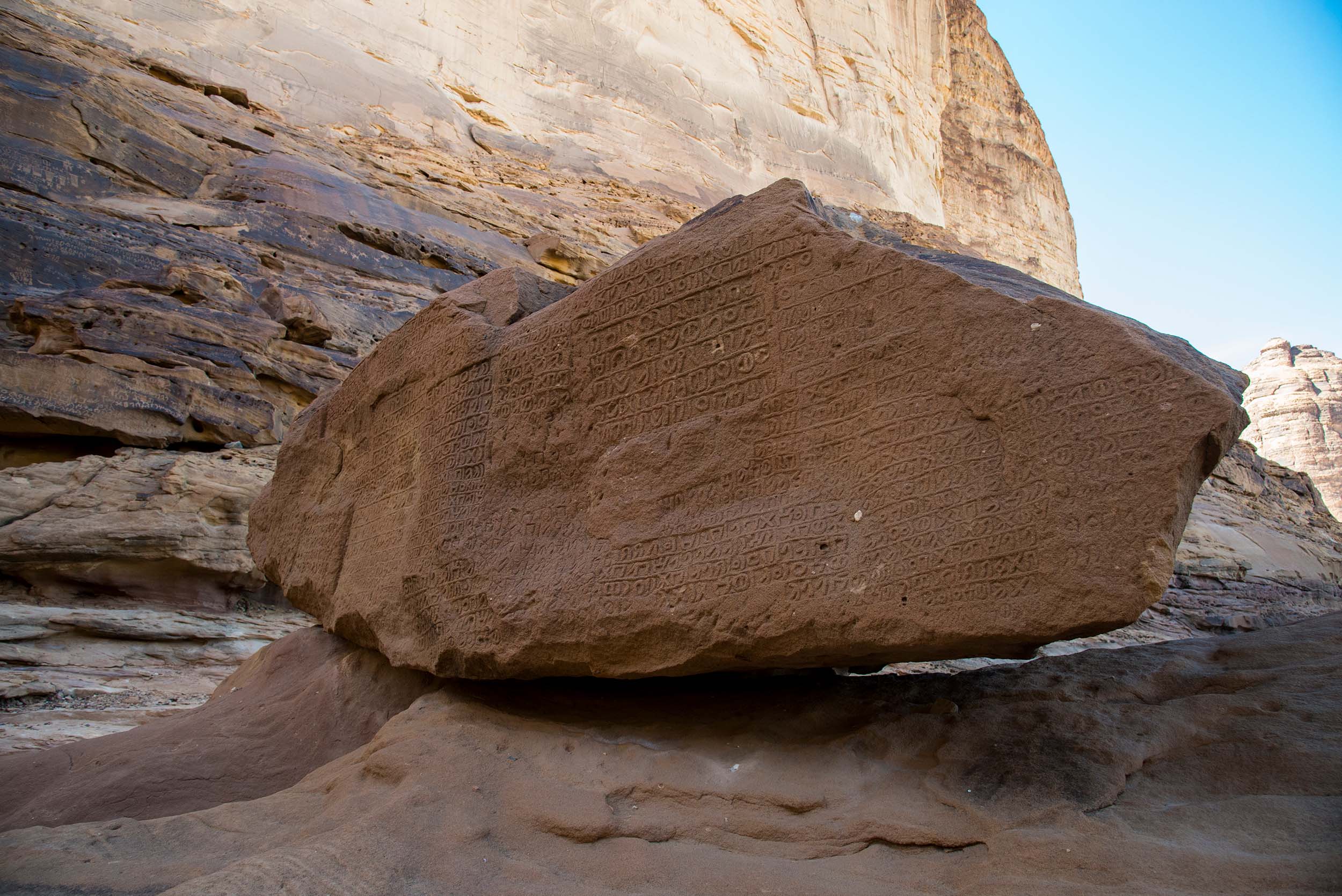
Journey into the historical depths of Jabal Ikmah, Al Aqra’a, and Naqsh Zuhayr to uncover prehistoric rock art that adorns the cliffs. These ancient inscriptions and vibrant carvings tell the stories of civilizations long gone, brought to life by the insightful narratives of a Rawi (storyteller guide). As you marvel at these artistic relics, you’ll gain a deeper understanding of the region's rich cultural heritage.
10. Hiking Adventures
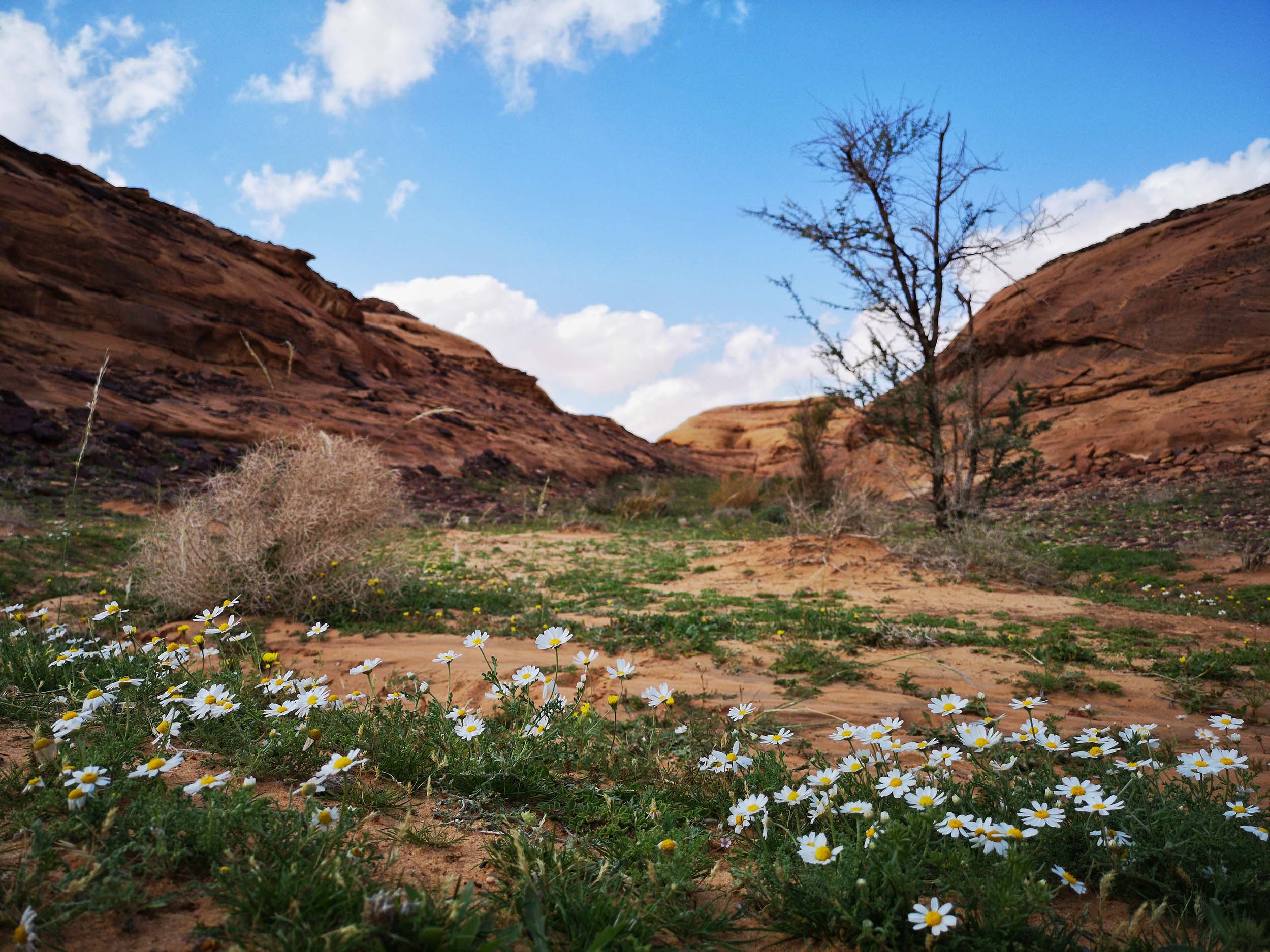
Lace up your hiking boots and prepare to explore the stunning trails that wind through AlUla’s iconic rocky mountains and sandstone cliffs. With varying levels of difficulty, there are hikes suitable for everyone, from leisurely strolls to challenging treks. As you navigate the trails, you’ll encounter breathtaking vistas and unique geological formations that make every step a rewarding adventure.
11. Traditional Craft Immersion

Step back in time at the Handicrafts Pavilion in AlUla Old Town, where talented artisans showcase their skills in traditional crafts. Watch as they weave palm fronds into intricate designs, preserving the cultural heritage of the region. This immersive experience not only highlights the craftsmanship but also offers you a chance to purchase unique souvenirs that embody the spirit of AlUla.






















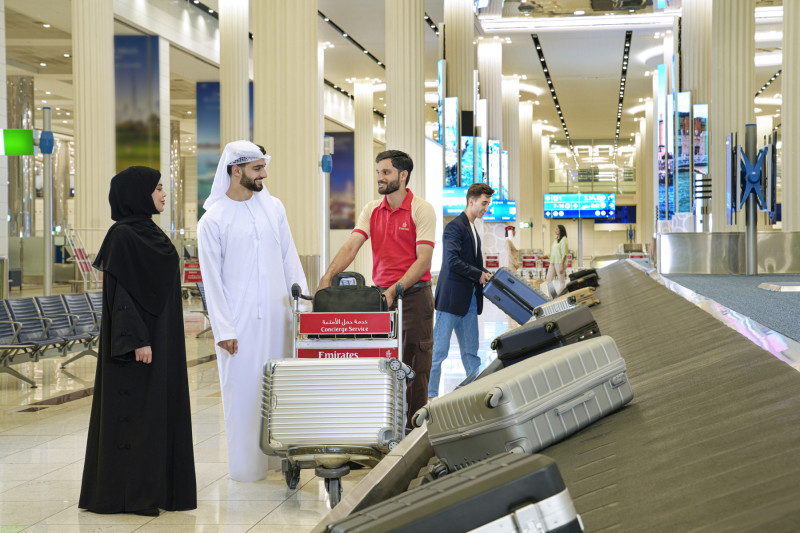
.jpg)
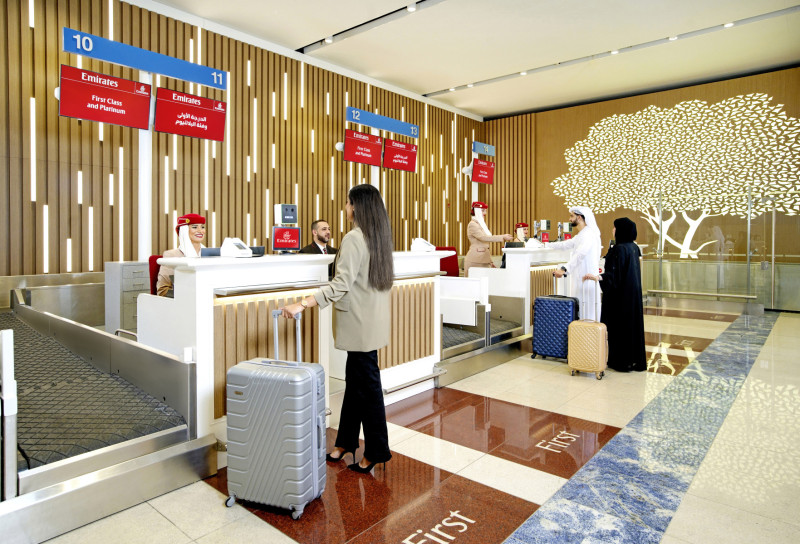









.jpeg)





















